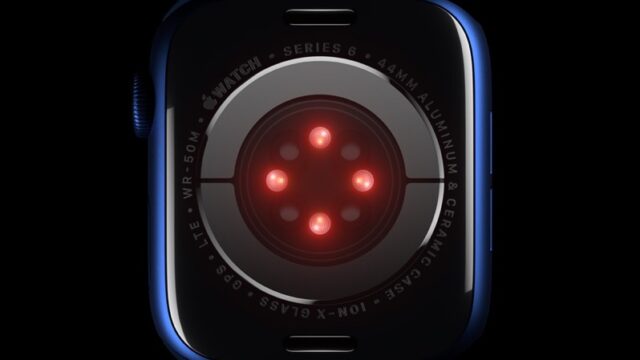
Reporter Calls Apple Watch Series 6 Blood Oxygen Monitor ‘Mostly Useless’
A reporter has called the Apple Watch Series 6’s blood oxygen monitor “mostly useless.”

The release of Apple Watch Series 6 brought an oximeter to the wearable for the first time, allowing it to check a user’s blood oxygen levels. Apple takes pains to make sure people know that the sensor isn’t medical-grade, but that isn’t stopping people from expecting it to be the last word on oxygen, including one Washington Post reporter.
According to the Washington Post‘s Geoffrey A. Fowler, the Apple Watch’s oximeter is “mostly useless” because it gave conflicting readings:
Sometimes the new Apple Watch Series 6 reports my lungs and heart are the picture of health, pumping blood that’s 100 percent saturated with oxygen.
At other times, it reports my blood oxygen is so low I might be suffering from emphysema. (I am not.)
The watch can’t decide. This much is clear: Don’t buy one of these $400 devices in the hopes of monitoring your lung health.
Fowler purchased an FDA-approved $60 USD finger pulse oximeter that reports an error rate of plus or minus two percentage points. He compared the results from this inexpensive medical device with those of the pricy Apple Watch Series 6. He found that the results sometimes matched, but most often were two to three percentage points different. At times, though, the Apple Watch differed from the finger pulse oximeter by 7 percent.
He also mentions that some of the problem may be associated with the Solo Loop band. To remind you, the Solo Loop is available in a variety of sizes and while going down a size managed to eliminate some of those unsuccessful measurement errors, it did manage to leave a mark on his arm due to the level of tightness.
Apple has made it crystal clear that its oximeter in the Apple Watch Series 6 should not be used when considering a health evaluation:
Blood Oxygen app measurements are not intended for medical use, including self-diagnosis or consultation with a doctor, and are only designed for general fitness and wellness purposes.
When Apple introduced the ECG function into its watch in 2018, it worked with researchers to publish accuracy studies. Cupertino also got FDA clearance for its app. Even so, the company was very forthcoming with its warning not to rely upon the irregular-rhythm notification if you’d previously been diagnosed with atrial fibrillation.

